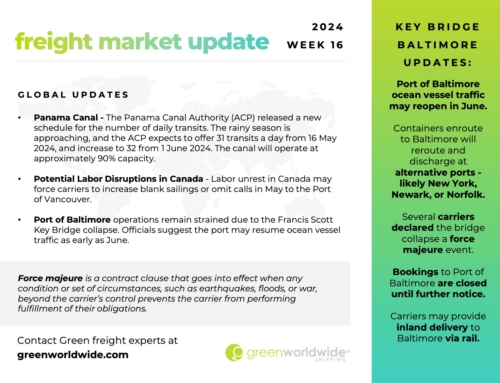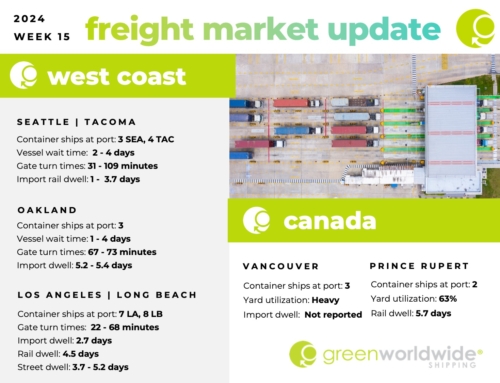The freight industry converged in Shenzhen, China last week for the annual TPM Asia Conference, sponsored by IHS Markit’s JOC. Carriers, industry experts, and beneficial cargo owners (BCO) paneled to answer some tough questions surrounding the current peak season and ramifications for the long-term ocean freight market.
To most, 2017 seemed like the year of the ocean carrier. Consolidation of financially unstable providers and the creation of vessel sharing agreements (VSA) should have resulted in more streamlined capacity handling and strong peak season profits, but such has not been the case.
REVIEW: OCEAN CARRIER VESSEL SHARING ALLIANCES, MERGERS & ACQUISITIONS
Containerized demand saw steady 6 percent growth for the first three quarters of the year and major U.S. ports reported 8% to almost 30% increases in container throughput. So, why have spot rates been dropping since July? In fact, rates to from Asia to both U.S. coasts are 30% lower year-over-year. Unusually, even the notorious Chinese Golden Week didn’t result in any space shortages.
Overcapacity has been the driving culprit as carriers began accepting the delivery and deployment of mega-vessels, those with capacities ranging between 14,000 and 21,000 TEU. Ordered over the past several years, economies of scale in terms of fuel savings drove shipping lines in a race for market share.
The problem is, they haven’t quite been able to get the math right. Mega-ships of 18,000 TEU and above must have over 90% utilization to achieve cost savings, which is difficult for most trade lanes. Carriers are then forced to cut spot rates to fill volume, only to hurt themselves in the long-run.
Shipping lines defended themselves at TPM, stating “Sometimes there is a misalignment between capacity and demand but we know how to handle these situations. It is more important that we have solid demand because that is an indication that the world is doing well.”
Some beneficial cargo owners, on the other hand, feel quite differently after seeing spot rates $400-$500 cheaper than their annual contracted pricing. This type of market volatility is pushing traditional BCOs to consider adding freight forwarders to their carrier mix, giving the shipper more options and less restriction. For the time being, shipping lines must right-the-ship or risk reversing positive market trends.
For dedicated, flexible freight forwarding, contact Green Worldwide Shipping.






